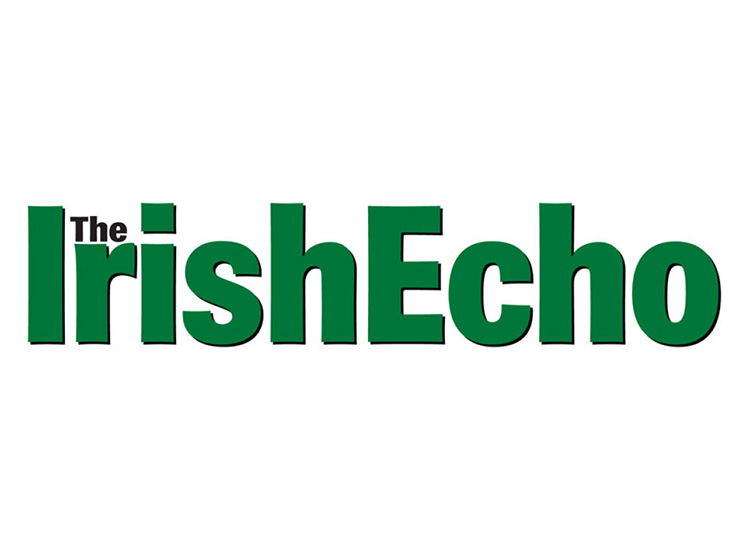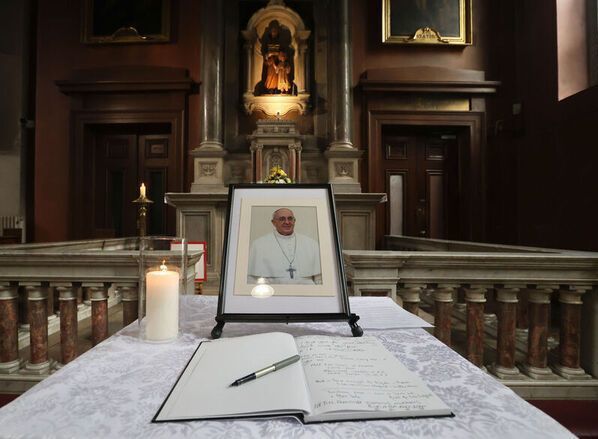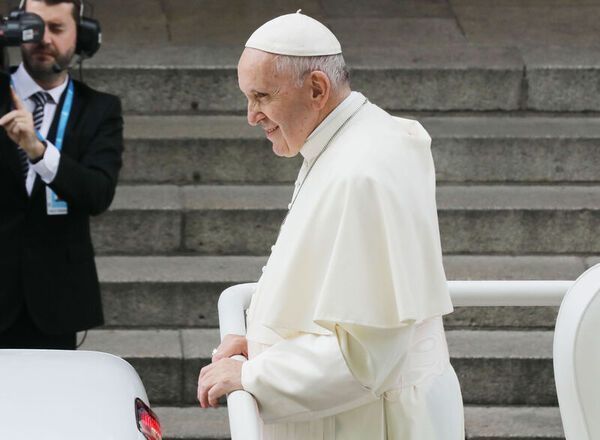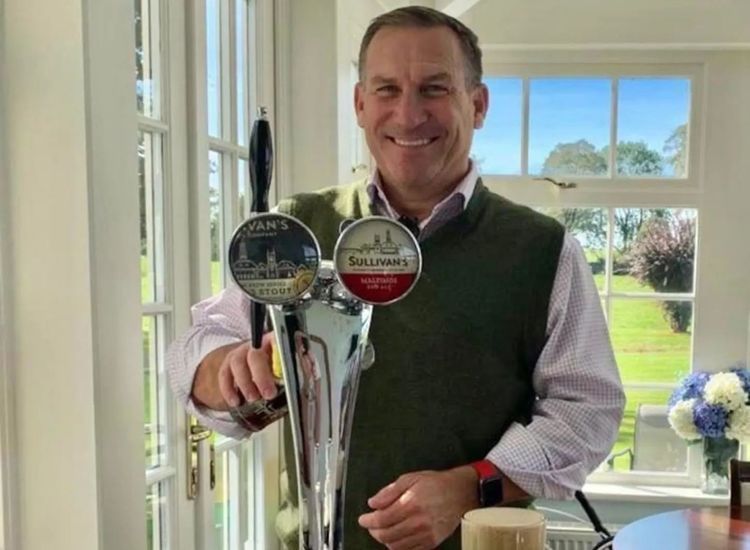The "Ireland America: The Ties That Bind" exhibition at Lincoln Center attempts an almost impossible task at its entrance: put Ireland in historical context for the uninitiated in just 18 minutes.
Its chosen method is a video montage of stage and film performances by Liam Neeson, Ciaran O'Reilly, Michael Flatley and numerous others.
But then curator Dr. Marion Casey herself had a difficult assignment with less than six months' preparation time: tell the remarkable story of Irish performance in America over the past 200 years.
The New York University professor had an immediate advantage being the director of the Archives of Irish America. She also had other important archives and repositories at her disposal, including those of the New York Public Library, and 4,000 square feet of air-conditioned space to work with in designing the exhibition.
"The Ties that Bind" explores, according to its introductory essay, "why certain airs and songs, particular dances and dramatic roles, continue to imagine Ireland for Americans.
"From the melodies of Thomas Moore to the percussion of 'Riverdance,' Irish arts have been attracting audiences in the United States for more than 200 years," it says.
"Why does a small country on the edge of Europe have such enduring appeal here?"
The point that the "history of the Irish in America is girded to the performing arts" is made forcefully early on in the exhibit. The visitor sees original posters for New York concerts for Parnell's Parliamentary Fund in 1886 and the Irish Relief Fund Bazaar, Oct. 14-22, 1916 (featuring a striking depiction of the May 12 execution of James Connolly). There's a notice, too, for an "Eamon de Valera Concert" at Carnegie Hall in 1927 and others for later musical events organized by his American supporters.
"It takes you on a fantastic journey," said Bridget Cagney, a resident of Sunnyside, Queens.
"I was intrigued by the title. What are the ties that bind? For me, it's the music," she added.
Cagney and her husband Jim, who are both retired, have been to several Imagine Ireland events at the Lincoln Center this year and on each occasion they've taken in the exhibition.
"We must have gone 20 times at least. You see something new in it each time," she said.
Though it takes up just a small part of the 4,000 square feet, the audio-visual material alone would take seven hours to hear and see. It includes three TV clips of "The Ed Sullivan Show" from 1951 through 1968 and a fourth of "The Jackie Gleason Show" from 1964.
When Sullivan presented acts like Dorothy Hayden's Irish Memories Review and the McNiff Dancers, he was, said Casey, introducing a subculture to a national audience.
The TV is in a recreated Irish-American living room, which is also meant to evoke a stage, particularly if viewed from above on the next level.
"My personal favorite is a touch screen installation which allows the listener to compare six versions of the Londonderry Air," the curator Casey said, "performed by John McCormack, Jerry Lee Lewis, Mahalia Jackson, Elvis Presley, Frank Patterson and Johnny Cash."
"I don't know why it's not crowded out every day," said Cagney, who is planning several more trips back to the Lincoln Center venue before it ends in three weeks' time.
As it is, it has been attracting 1,000 visitors a month since it opened in mid March. However, unlike "The Fifth Province: County Societies in Irish America" the exhibition Casey curated with her Glucksman Ireland House colleague Dr. Miriam Nyhan, which can and has traveled, "Ireland America: The Ties That Bind" will be taken apart after it closes on Aug. 13.
"Sadly, it's like Humpty Dumpty," Bridget Cagney said, "It can't be put back together again."
"Ireland America: The Ties That Bind" is showing at the Donald and Mary Oenslager Gallery at the New York Library for the Performing Arts, Dorothy and Lewis B. Cullman Center, at Lincoln Center, New York City. It closes on Aug. 13. It is funded by Culture Ireland for Imagine Ireland, a year-long season of Irish arts in the U.S.










